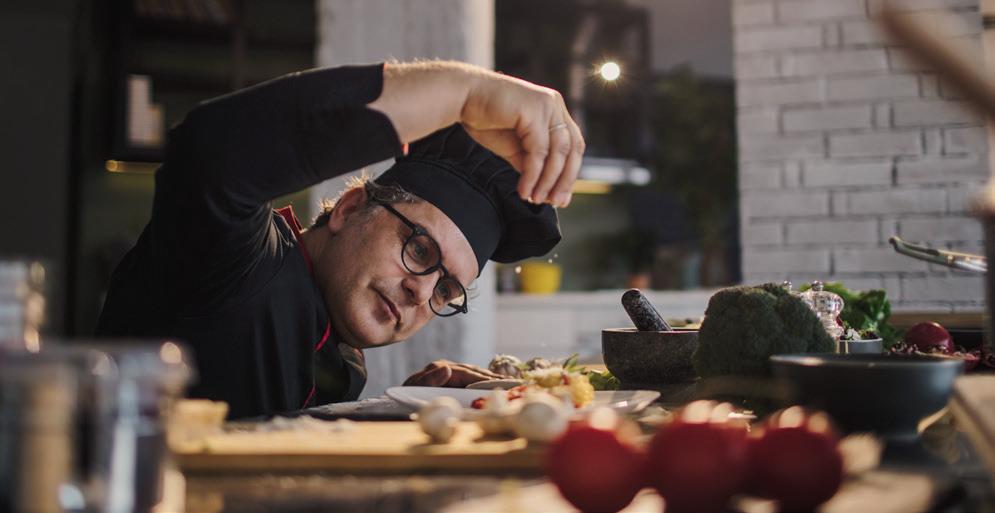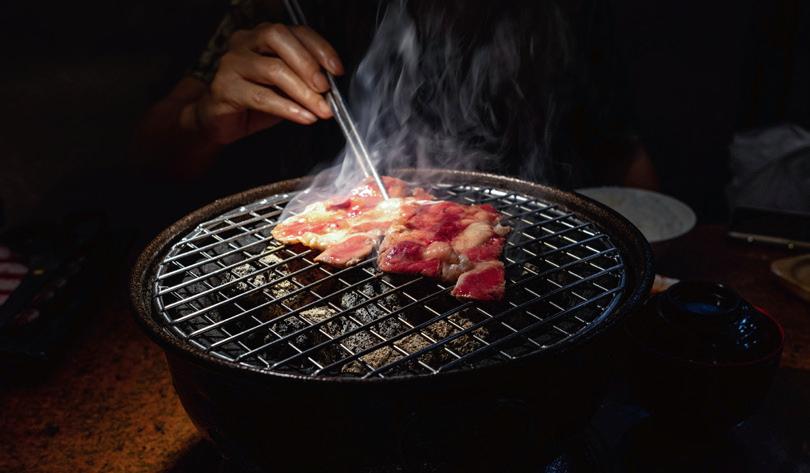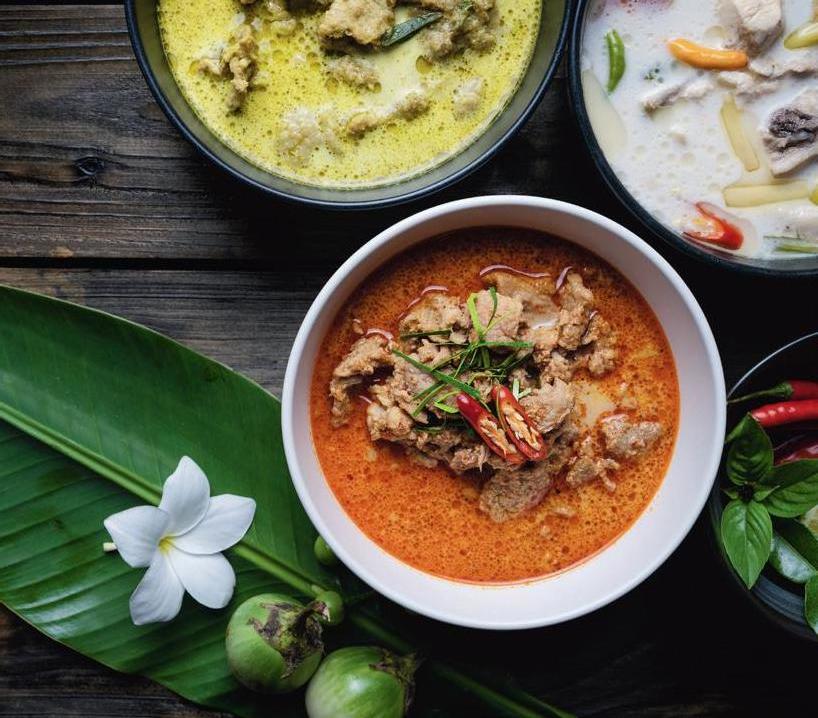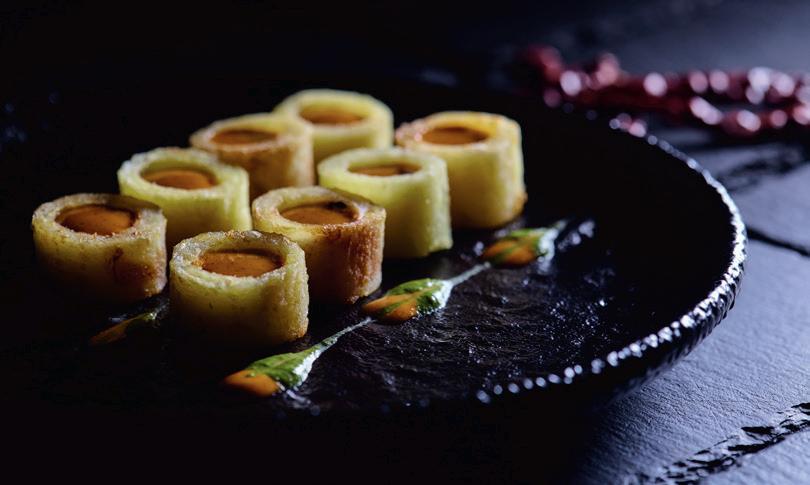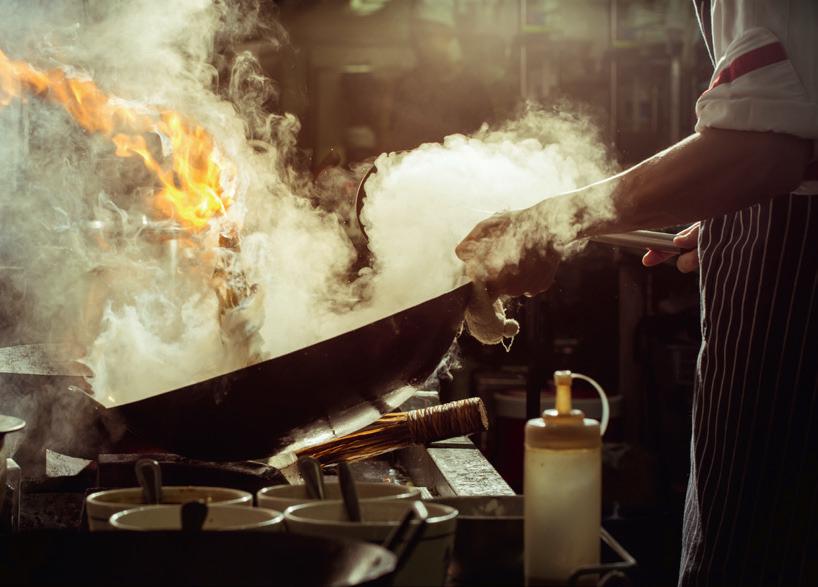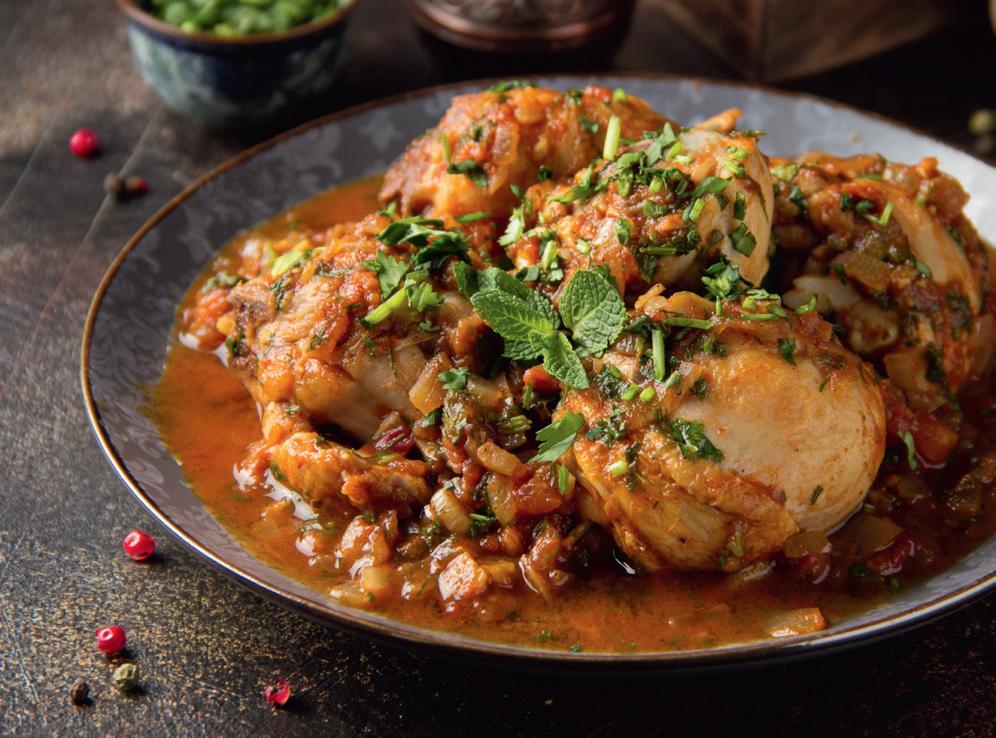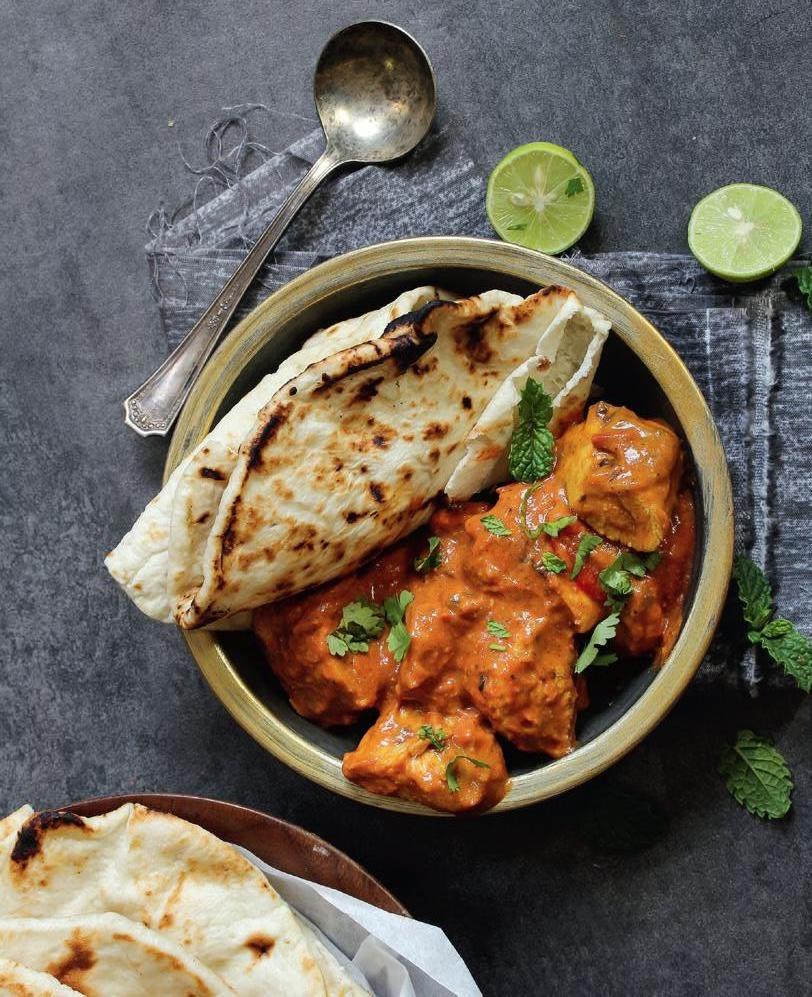W h a t’s o n t h e m e n u ?
S O U T H-E A S T A S I A N Vietnamese cuisine
Sweet, sour and spice are hallmarks of South-East Asian cuisine, but there is much, much more to this colourful collection of culinary cultures.
When you think of Vietnamese cuisine,
South-East Asian cuisine draws on cooking
flavours of lemongrass, ginger, mint, chilli, and lime come to mind.
traditions from Thailand, Malaysia, Singapore, Vietnam, and Indonesia, just to
The cuisine is lighter and less oily than
name a few.
other cooking styles in the South-East Asia region, offering fresh spring rolls and pho,
While each culture offers their own
which is a delicate soup made of broth, rice
specialities, the region’s cuisine is known
noodles and herbs.
for strong aromas and flavours like lime,
Vietnamese cuisine has also been influenced
ginger, coriander, lemongrass and basil.
by French cooking as a result of the French colonisation of the country. Examples of its colonial past include
Thai cuisine
Vietnamese wine and bánh mì, which are crusty baguettes typically packed with pork, coriander, cucumber, chilli, carrot, and other ingredients.
Pad thai may be Thailand’s most popular culinary export but there is more to Thai cuisine than just this stir-fried noodle dish. The country has mastered the art of creamy curries, creating red, green, yellow, panang, and massaman varieties from coconut milk and various curry pastes. Thailand offers popular soups like tom yum, a spicy shrimp soup, and tom kha kai, which is a chicken coconut soup. Thai cuisine can be divided into five distinct cooking styles: the north, Isan or north-eastern, central, Bangkok, and southern regions.
10

